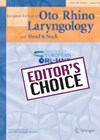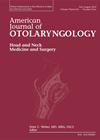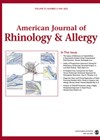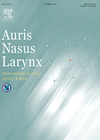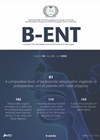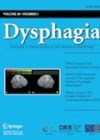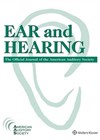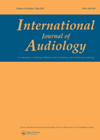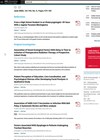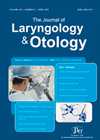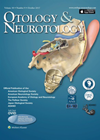
Journal Reviews
How does temporomandibular dysfunction affect voice-related quality of life?
Temporomandibular dysfunction (TMD) is a group of neuromuscular or musculoskeletal problems that affect the muscles and fascia related to chewing and jaw opening. Patients are often seen in ENT clinics because of symptoms such as trismus, pain and muscle tension,...
ChatGPT Quiz skills need refinement!
On 30 November 2022, ChatGPT was launched, free for all to use online. For those who are not aware, ChatGPT (Chat Generative Pre-trained Transformer) is an artificial intelligence (AI) chatbot which utilises the web to create detailed and natural human-like...
Parapharyngeal space tumours – is the transoral approach effective?
Several approaches are described to the parapharyngeal space to permit resection of tumours in this region, with the most commonly employed approach being the transcervical route. The transoral approach remains somewhat controversial as it is felt that this approach can...
Do adhesions actually cause nasal blockage?
All of us who perform nasal surgery are familiar with the disappointing presence of nasal adhesions (NA) or synechiae in our postop patients. These can often lead to patients deriving less perceived benefit from their surgery than that which they...
Recurrent facial palsy
Recurrent facial palsy is relatively rare, and its clinical features are not well known. The authors set out to investigate this further by undertaking a retrospective study of patients with recurrent facial palsy over a 14-year period. Only Bell’s palsy...
Paediatric vestibular dysfunction
This Malaysian study looked at the awareness amongst otorhinolaryngologists in the investigation and management of paediatric vestibular dysfunction. The authors noted that, although paediatric vestibular dysfunction is a common problem, there seems to be limited literature in assessing the proficiency...
Does the appearance, texture, and flavour of food affect how we swallow?
Texture modification and the use of thickened fluids are well-known strategies used to facilitate swallowing in people with dysphagia. However, some controversy exists around thickeners and their possible negative impact on hydration and medication absorption. This paper considers other properties...
Does salvage treatment in sudden sensorineural hearing loss work?
Many treatment strategies for sudden sensorineural hearing loss (SSNHL) have been discussed, but the high spontaneous recovery rate (32-65%) of idiopathic SSNHL and differing treatment guidelines make comparing outcomes difficult. Systemic steroids are the most common first-line therapy with significant...
The ‘My Hearing Explained’ tool: audiologist and client perceptions
The study notes that the pure tone audiogram has been the primary clinical and counselling tool used by clinicians to assess and describe hearing thresholds to individuals and families since 1922. The Ida Institutes, ‘My Hearing Explained’ tool has become...
COVID vaccination and its relation to Bell’s palsy
The SARS-CoV-2 virus outbreak in 2020 continues to be investigated as well as its after-effects on those infected by it. The vaccines created for the public were groundbreaking achievements, evidenced by the lives saved by them and the return to...
How reliable is non-echoplanar diffusion-weighted MRI in picking up postoperative cholesteatoma in children?
Cholesteatoma occurs more often in children than in adults and is more aggressive, often resulting in ossicular erosion and marked conductive loss, amongst other more serious possibilities. Recurrence happens in all three methods used, namely canal wall up, canal wall...
To endo or to micro, that is the question: the musculoskeletal paradigm
Endoscopic ear surgery is a newer concept compared with the microscopic one. Both could lead to musculoskeletal pain due to the long static posture of surgeons during otologic procedures. The authors conducted a study on eight otolaryngologists, four attendings and...


